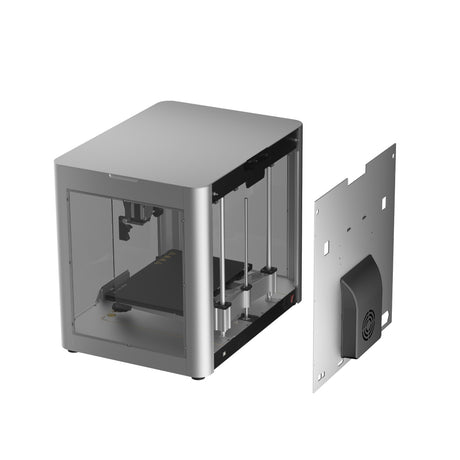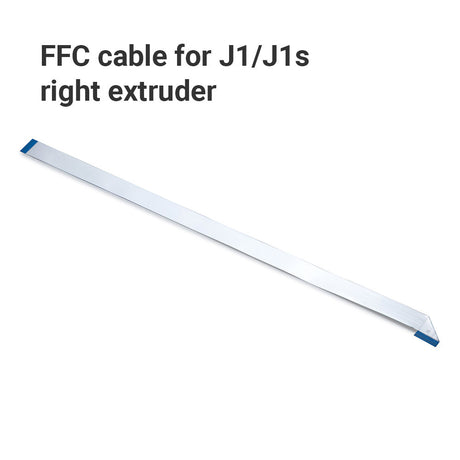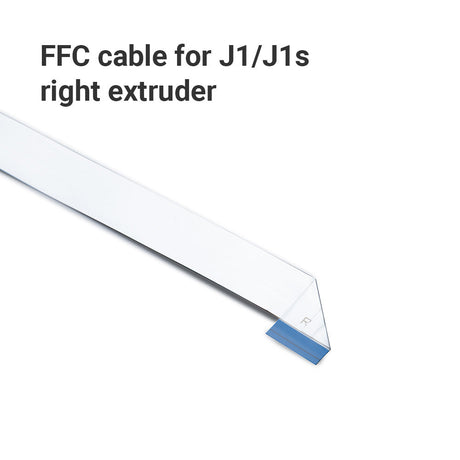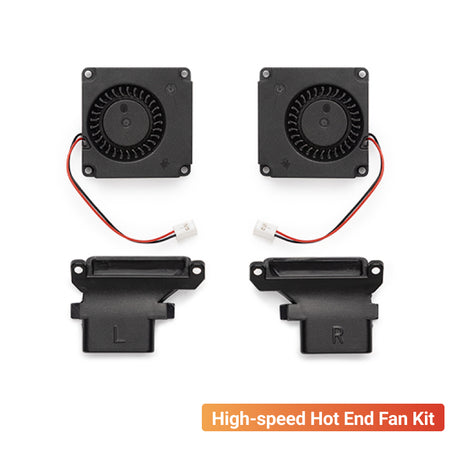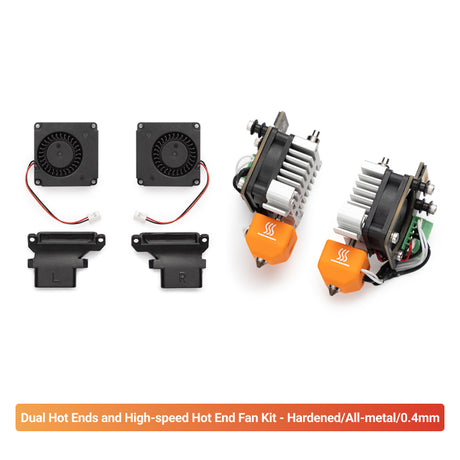There are countless innovative and creative applications of 3D printing technology across many industries and fields. Here are some examples:
1. Healthcare: 3D printing is revolutionizing the medical field, allowing for the creation of customized implants, prosthetics, and even organs. For example, doctors have used 3D printing to create a replacement skull for a patient, a heart valve, and even a functional ear.
2. Aerospace: 3D printing is being used to produce complex and lightweight components for aerospace applications, such as rocket engines and satellites. NASA has even 3D printed rocket engine parts that were successfully tested.
3. Fashion: Designers are using 3D printing to create unique and intricate clothing and accessories. This includes 3D printed shoes, dresses, and jewelry.
4. Architecture: Architects are using 3D printing to create scale models and prototypes of their designs. This allows them to test their ideas and make changes more quickly and accurately.
5. Education: 3D printing is being used in classrooms to teach students about engineering, design, and other STEM subjects. Students can design and print their own objects, bringing concepts to life and encouraging creativity and problem-solving skills.
6. Art: Artists are using 3D printing to create unique sculptures and installations. With 3D printing, artists can create complex shapes and textures that would be difficult or impossible to achieve using traditional methods.
7. Automotive: 3D printing is being used in the automotive industry to produce prototypes and custom parts. This includes everything from engine components to car body panels.
These are just a few examples of the many creative and innovative applications of 3D printing technology. As the technology continues to advance, we can expect to see even more exciting and impactful uses of 3D printing in the future.
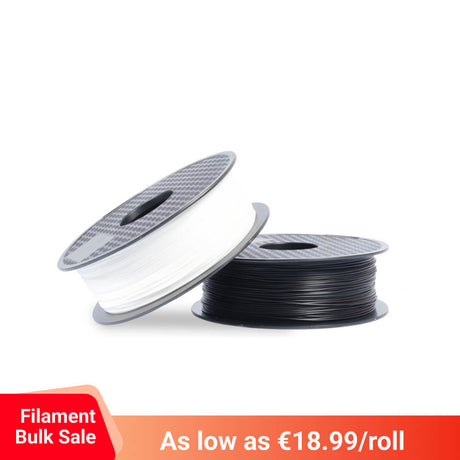

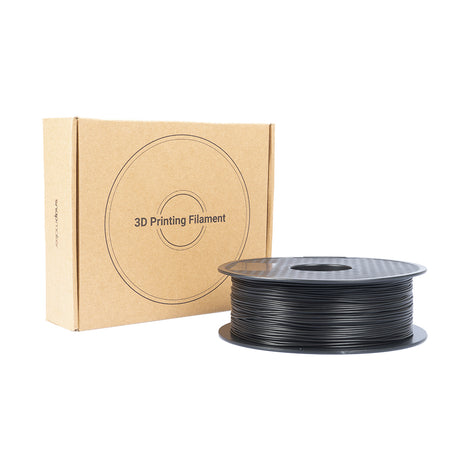
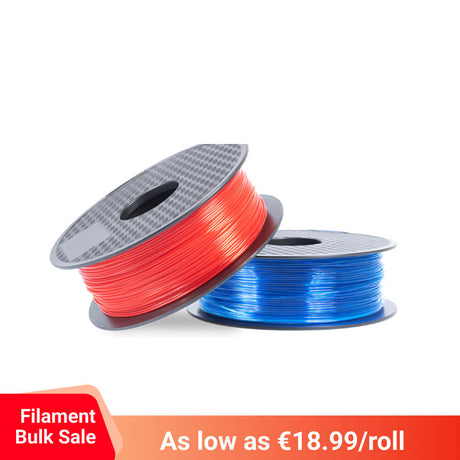
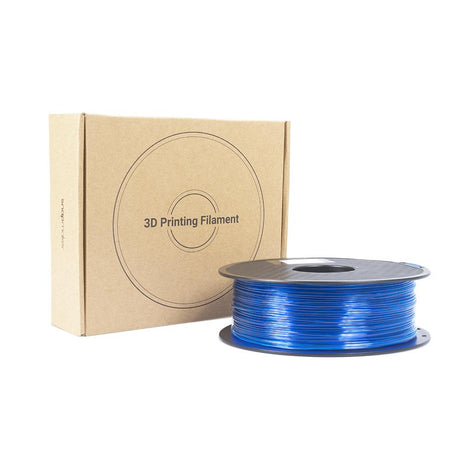

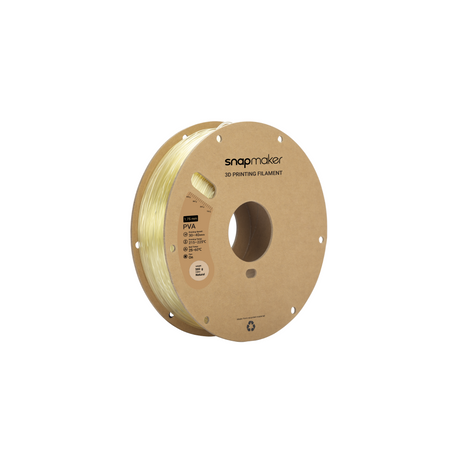
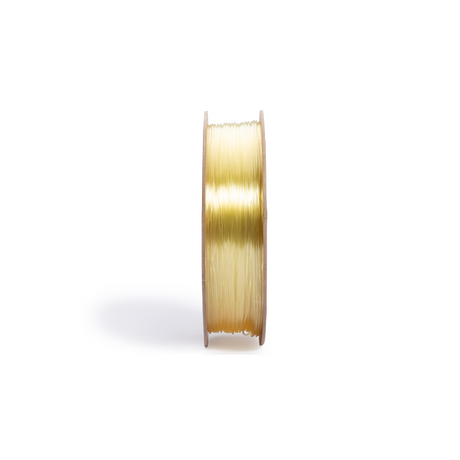
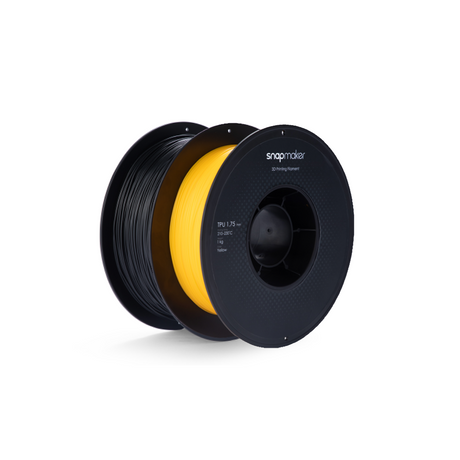
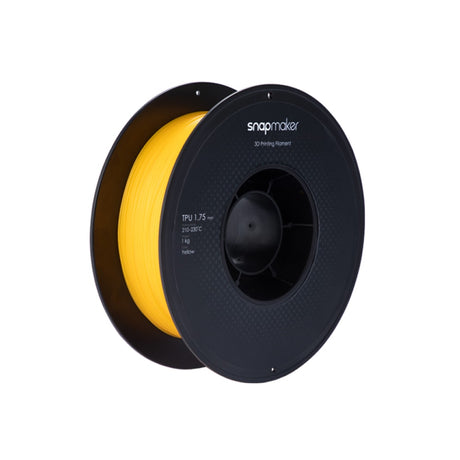
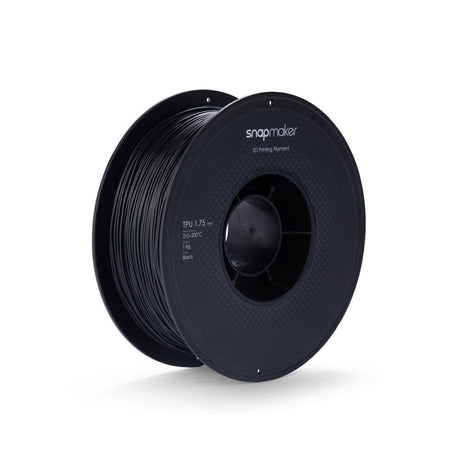
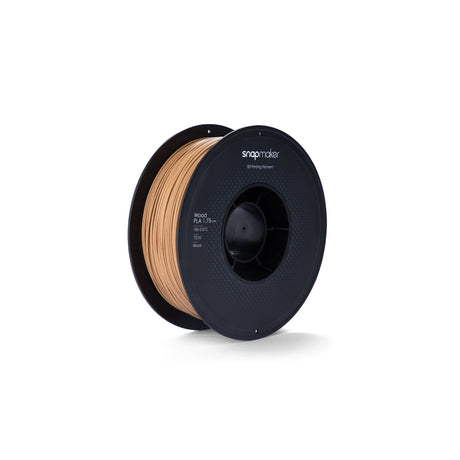
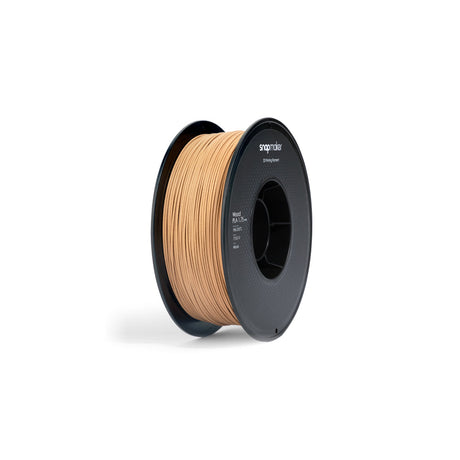

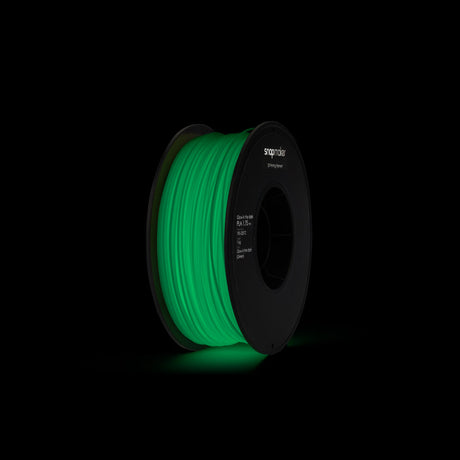
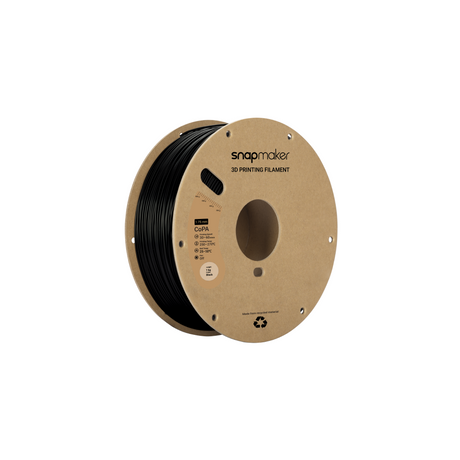

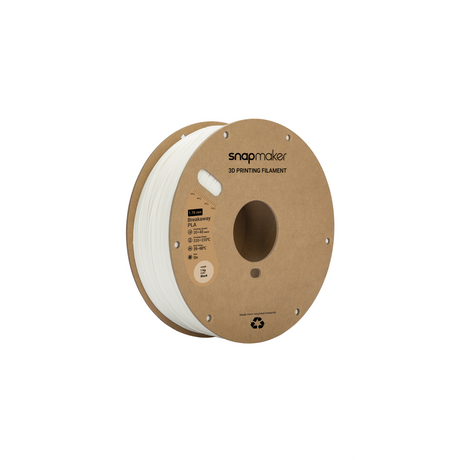
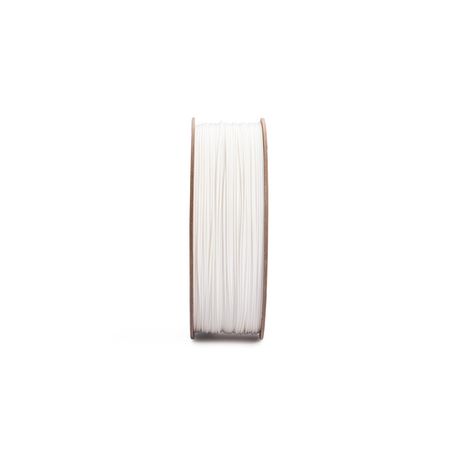
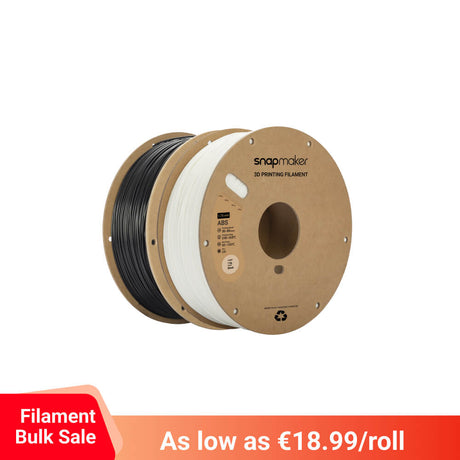
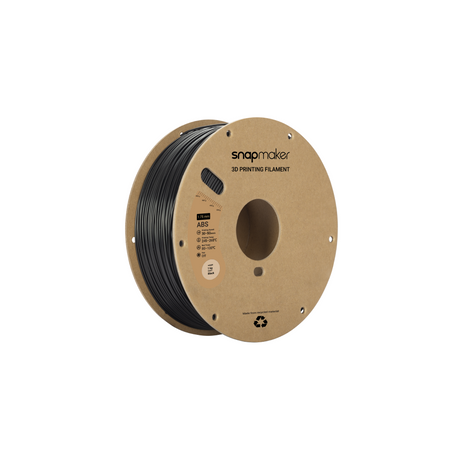
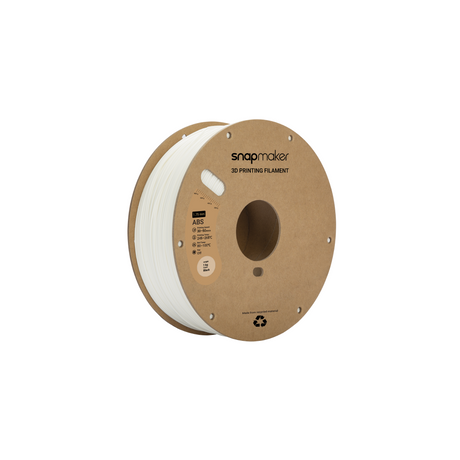
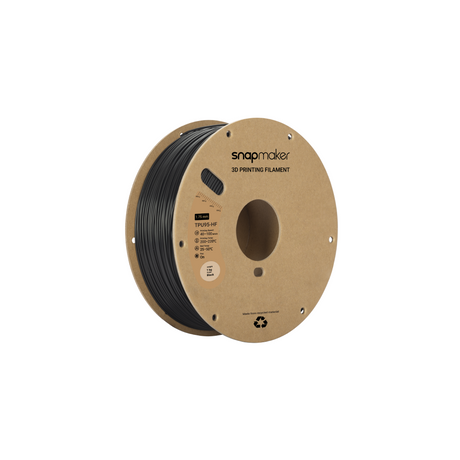
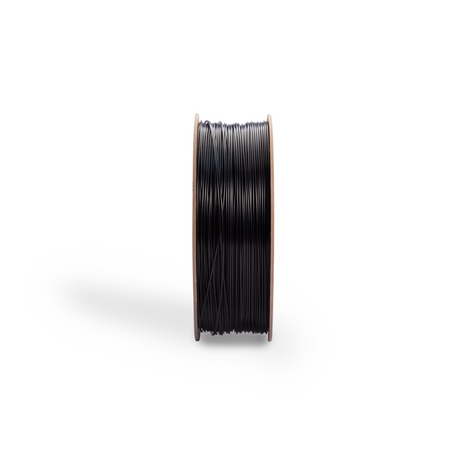

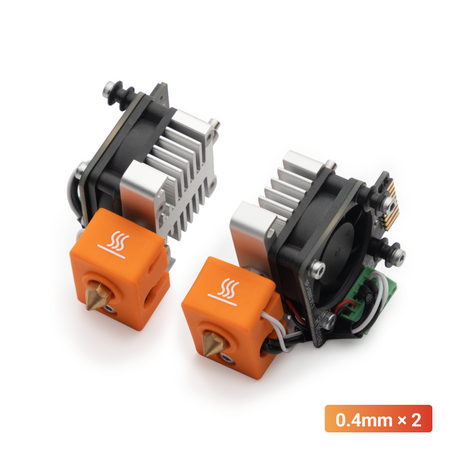
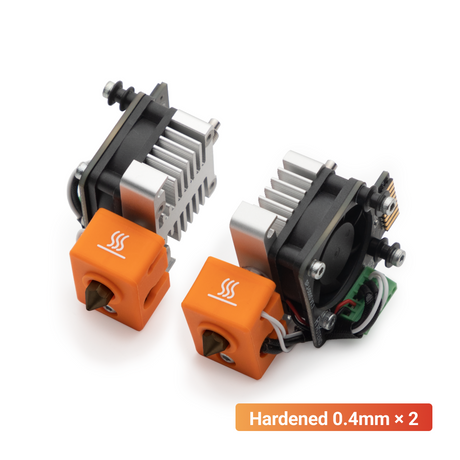
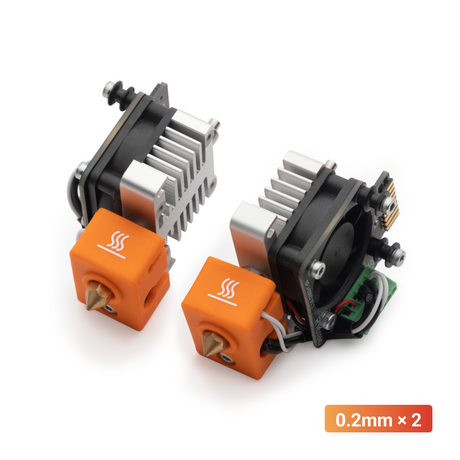

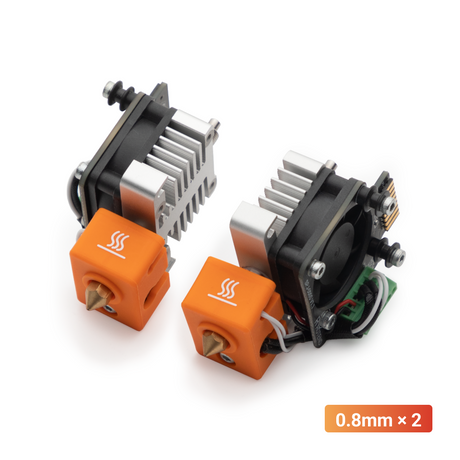
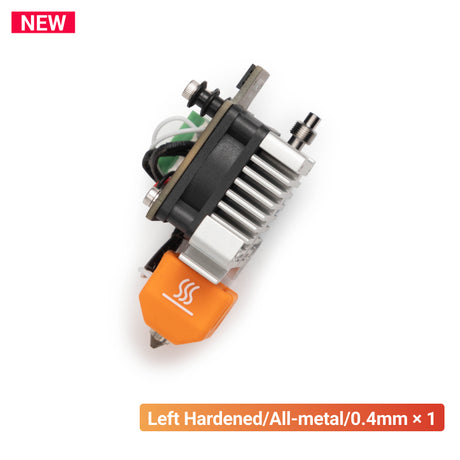

![[REPLACEMENT] PAIRED HOT ENDS FOR SNAPMAKER J1/J1S (0.2/0.4/0.6/0.8MM)](http://eu.snapmaker.com/cdn/shop/products/J1__1_1000_1000_f7d7fea5-9158-44bf-9263-328db6b9980f.png?v=1755763085&width=460)
![[REPLACEMENT] DOUBLE-SIDED PEI GLASS PLATE FOR SNAPMAKER J1/J1S](http://eu.snapmaker.com/cdn/shop/products/J1__1_1000_1000_b5408d1b-36b8-4214-a7e8-48cd1596178a.png?v=1667914597&width=460)
![[REPLACEMENT] DOUBLE-SIDED PEI GLASS PLATE FOR SNAPMAKER J1/J1S](http://eu.snapmaker.com/cdn/shop/products/J1__2_1000_1000_356d2fa6-31d4-4e94-b6a1-bc6419b48704.png?v=1667914597&width=460)
